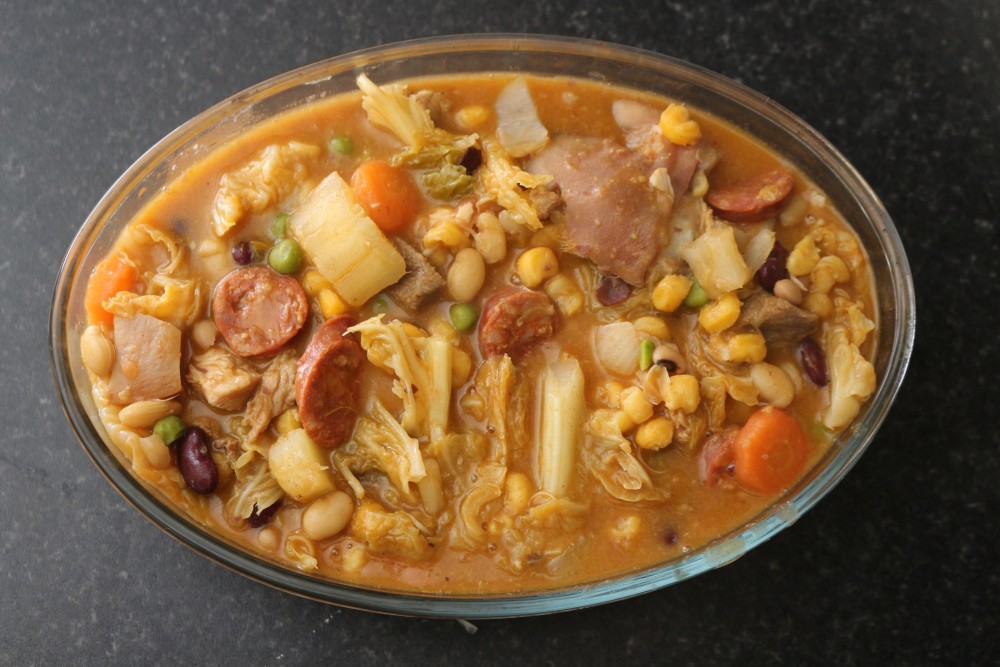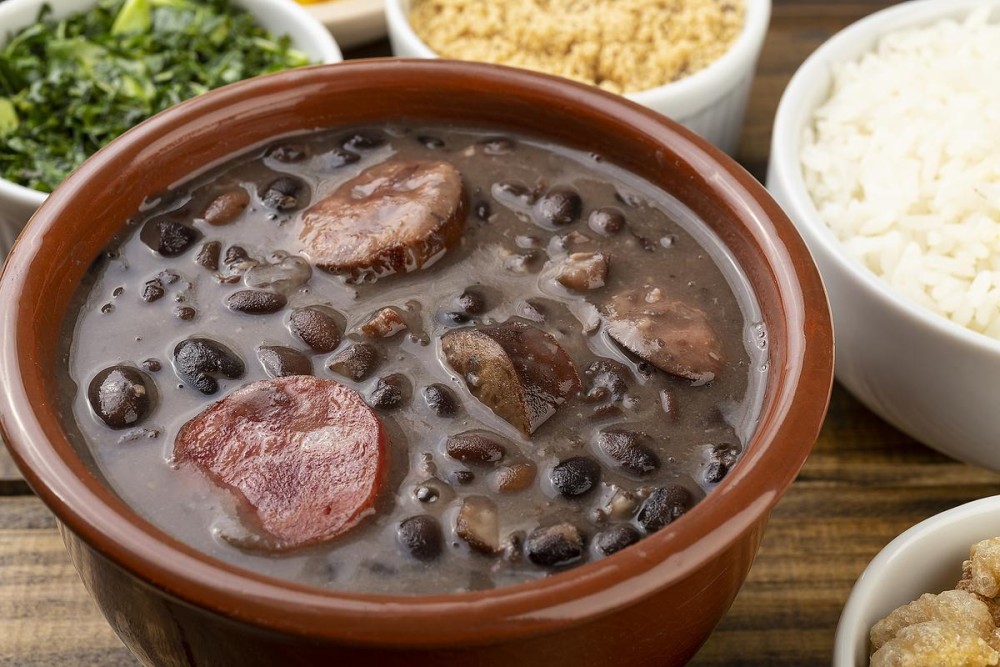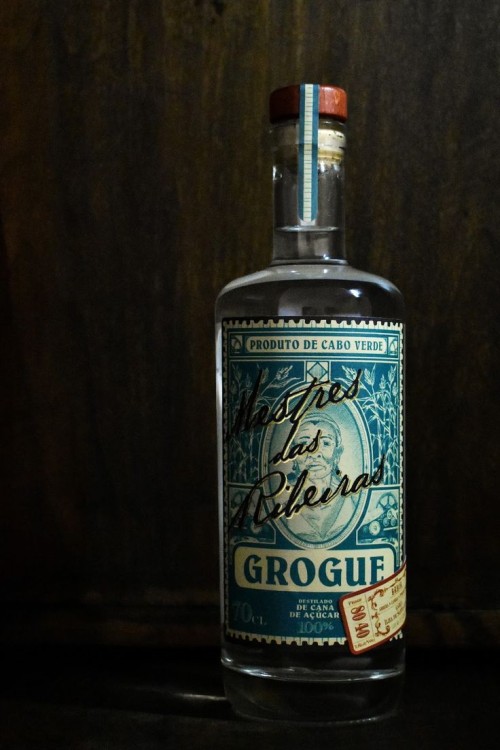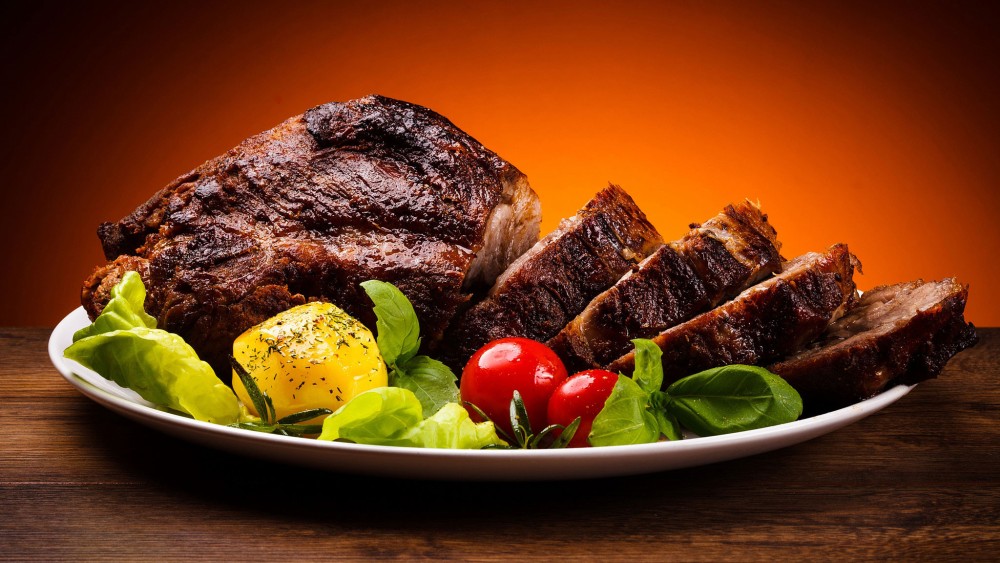- Cape Verde
- Things to do in Santo Antão
- Santo Antão Food Guide: Traditional Dishes You Must Try
Santo Antão Food Guide: Traditional Dishes You Must Try
Santo Antão’s cuisine reflects the island’s diverse culture and rich agricultural heritage. The food is hearty and flavorful, often featuring fresh ingredients like beans, corn, and locally grown vegetables. Whether you're enjoying a meal in a village or a coastal restaurant, these traditional dishes will make your trip unforgettable.


1. Cachupa: The Heart of Cape Verdean Cuisine
Cachupa is the island’s signature dish. This savory stew is made with corn, beans, and vegetables, and often includes pork, sausage, or fish. It’s a comforting meal enjoyed by locals at any time of the day. Don’t miss the chance to try this flavorful, hearty dish during your visit.

2. Feijoada: A Hearty Bean Stew
Feijoada is another beloved dish in Santo Antão. This bean stew, typically made with beans, smoked meats, and sausages, is a perfect meal for those who enjoy bold flavors. It’s rich, filling, and pairs wonderfully with rice or cornbread, making it an essential part of the island’s culinary experience.

3. Grogue: Cape Verde’s Famous Spirit
Grogue is a potent sugarcane spirit produced on Santo Antão and other Cape Verde islands. Often compared to rum, it’s made by fermenting sugarcane juice and then distilling it. Many locals enjoy it neat or mixed into cocktails. A visit to Santo Antão wouldn’t be complete without tasting this iconic drink.

4. Tachinho: A Delicious Meat Dish
Tachinho is a traditional meat dish made from tender pork, often slow-cooked to perfection with onions, garlic, and spices. The dish is served with rice, beans, and sometimes fried plantains. It's a popular meal for special occasions or a hearty family gathering, showcasing the island’s love for flavorful meats.

5. Pastel com Peixe: A Savory Snack
Pastel com Peixe is a savory snack that’s perfect for enjoying on the go. These fried pastries are filled with seasoned fish, and they’re often served as a street food treat. Crispy on the outside and packed with flavorful fish on the inside, they’re a must-try when you’re exploring Santo Antão’s local markets.
You may also like these
Copyright © 2025 All Rights Reserved


